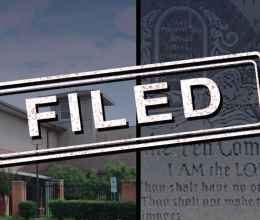
Religion in Public Schools: What is all the fuss about?
By Rebecca Robertson
Director of Public Policy and Advocacy
Ever wonder why the issue of religion in public schools is so contentious? All of us believe in freedom of religion, right?
Maybe the debate would generate less heat and more light if people better understood what “freedom of religion” really means when it comes to public schools. What are students’ rights? And what is the school’s responsibility?
In this series, we’ll look at how our Constitution and Texas law protect a student’s right to practice her faith, even at school. And we’ll explain why schools cannot be in the business of endorsing one religion over others.
Let’s start with first principles: everyone knows that religious liberty is guaranteed to all by the Constitution. In fact, it’s the very first freedom set forth in the Bill of Rights. But did you know that the freedom of religion has two equally important components? Check it out! The Constitution not only protects a person’s freedom to practice her own faith (or no faith at all), but also guarantees freedom from government intrusion into matters of faith.
Both “freedom to” and “freedom from” are relevant in public school settings. The law is clear that students have the right to exercise their religious faiths – or no faith at all – at school. The freedom applies equally to everyone, no matter what faith they practice.
And schools must respect students’ diverse religious practices. The Constitution says government – including government-run schools – cannot promote one religion over another or promote religion over non-belief. That limitation ensures students and their parents, not some government bureaucrat, decide whether and how to worship.
In upcoming blogs, we’ll talk about how these principles play out at school. From school dress codes, to school prayer, to the role of the Bible in Texas classrooms, we’ll look at the most controversial issues when it comes to religion in public schools.
Related Issues
Related content

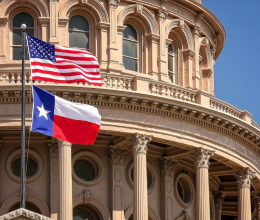
ACLU of Texas Responds to State Officials’ Attacks on Nonprofits
November 19, 2025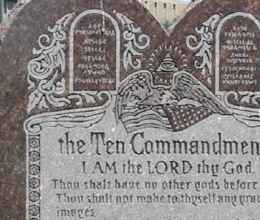
Judge Orders Texas School Districts to Remove Ten Commandments...
November 18, 2025
Fifth Circuit Overturns District Court Decision Blocking Texas Drag...
November 6, 2025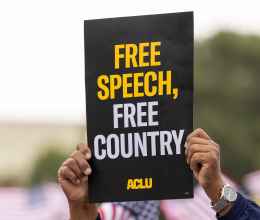
What the First Amendment Really Protects
October 30, 2025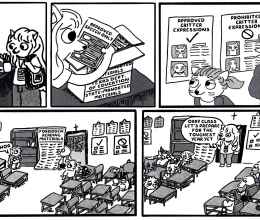
Approved Speech Only: The Civil Rights Issues Facing Texas Students...
October 14, 2025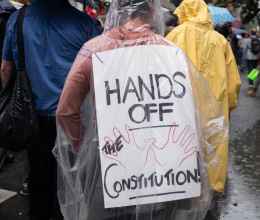
Your Questions Answered: How to Push Back on Abuses of Power
October 9, 2025
Texas Families File New Lawsuit to Stop Public School Districts...
September 22, 2025